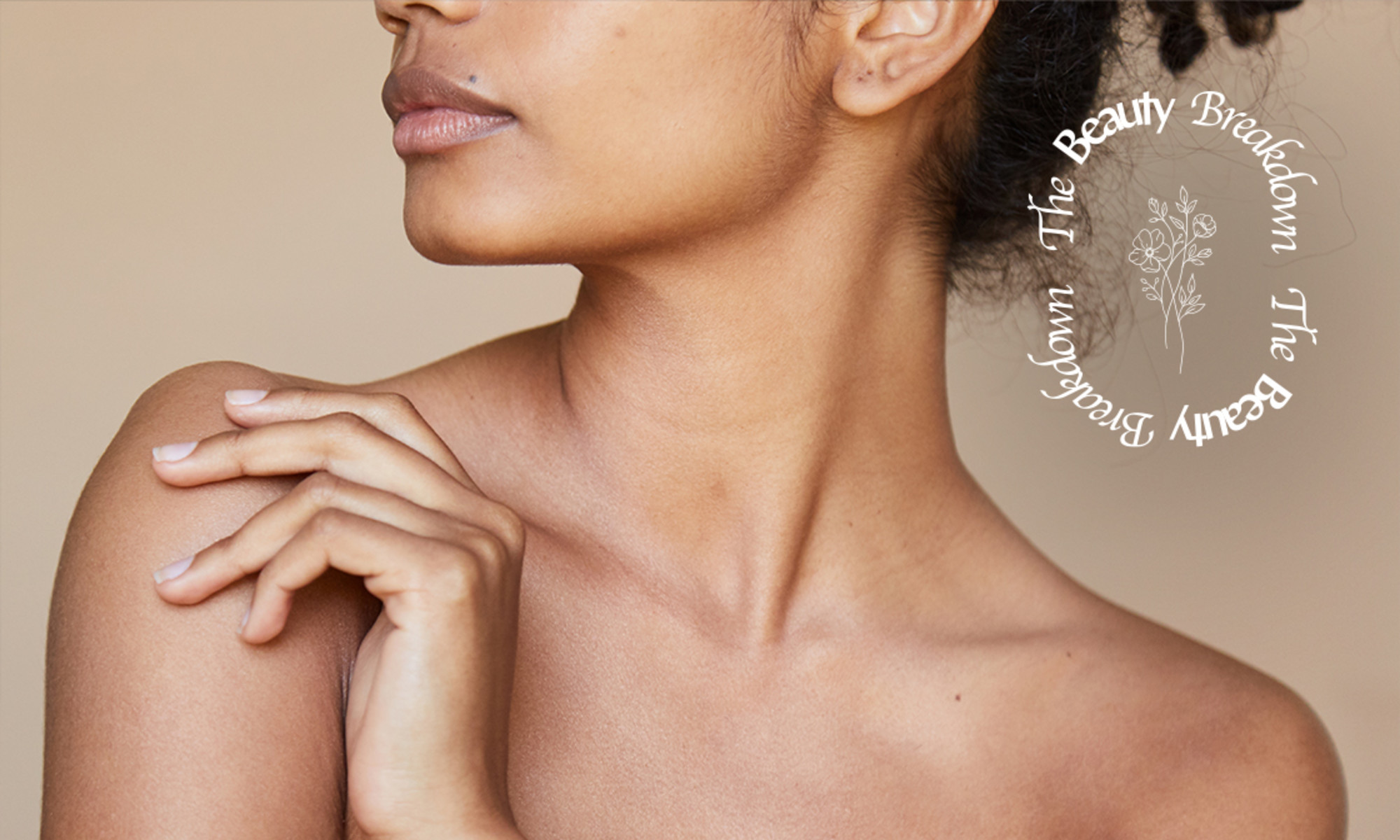A Full Guide To Keratosis Pilaris: Causes, Treatments & More
What is Keratosis Pilaris?
Keratosis pilaris (KP) is a common skin condition characterized by the appearance of small, rough patches on the skin, often accompanied by red or skin-colored bumps. These patches are typically found on the back, buttocks, and upper arms, and can appear as dimples, freckles, or sandpapery texture.
Causes of Keratosis Pilaris
Although the exact causes of KP are not fully understood, it is believed to be related to a combination of genetic, environmental, and lifestyle factors. Some of the potential causes include:
- Genetic predisposition: Individuals with a family history of KP are more likely to develop the condition.
- Irritation: Tight clothing, harsh soaps, and other forms of skin irritation can trigger KP in some individuals.
- Dry skin: Eczema, atopic dermatitis, and other dry skin conditions can increase the risk of developing KP.
Symptoms of Keratosis Pilaris
The most common symptoms of KP include:
- Small, rough patches on the skin
- Red or skin-colored bumps
- Dimpling or sandpapery texture
Treatments for Keratosis Pilaris
While there is no cure for KP, there are various treatments and home remedies that can help alleviate its symptoms. These include:
- Topical creams and ointments: Moisturizers, retinoids, and urea-based treatments can help to improve skin hydration and reduce inflammation.
- Mild exfoliation: Gently exfoliating the skin can help to remove dead skin cells and improve skin texture.
- Sun protection: Sun exposure can worsen KP symptoms, so using sunscreen and protective clothing is essential.
Home Remedies for Keratosis Pilaris
Some people have reported success with the following home remedies for KP:
- Baking soda: Soaking in a baking soda bath or applying a baking soda paste to the affected area may help to reduce inflammation and improve skin texture.
- Tea tree oil: Applying tea tree oil directly to the skin may help to reduce inflammation and promote healing.
Prevention of Keratosis Pilaris
While there is no surefire way to prevent KP, there are steps you can take to reduce your risk:
- Maintain good skin hygiene: Keep your skin moisturized and clean, and avoid harsh soaps and exfoliants.
- Wear loose, breathable clothing: Tight clothing can irritate the skin and increase the risk of KP.
- Stay hydrated: Drinking plenty of water can help to keep your skin healthy and hydrated.
Conclusion
Keratosis pilaris is a common and treatable skin condition that can be managed with the right treatment and home remedies. By understanding the causes, symptoms, and treatments of KP, individuals can take steps to reduce their risk and alleviate its symptoms.
FAQs
Q: What is the difference between keratosis pilaris and keratosis follicularis?
A: Both conditions refer to the appearance of small, rough patches on the skin, but keratosis follicularis is a milder condition that is often found on the cheeks and nose, whereas keratosis pilaris is typically found on the back, buttocks, and upper arms.
Q: Can keratosis pilaris be treated with laser therapy?
A: Yes, laser therapy can be effective in reducing the appearance of KP by stimulating collagen production and improving skin texture.
Q: Is keratosis pilaris contagious?
A: No, KP is not contagious and is not caused by any infectious agent.
Q: Can keratosis pilaris be prevented?
A: While there is no surefire way to prevent KP, maintaining good skin hygiene, wearing loose, breathable clothing, and staying hydrated can help reduce the risk.
Recommended Products:
-

MegaFood Baby & Me 2 Prenatal Vitamin and Minerals – Vitamins for Women – with Folate (Folic Acid Natural Form), Choline, Iron, Iodine, and Vitamin C, Vitamin D and more – 60 Tabs (30 Servings)
$28.99 Buy Now -

NatureBell Hyaluronic Acid Supplements 250mg | 240 Capsules, with Biotin 5000mcg & Vitamin C 25mg, 3 in 1 Support – Skin Hydration, Joint Lubrication, Hair and Eye Health
$23.95 Buy Now -

Mega Liquid Multivitamins, Trace Minerals, Amino Acids, Turmeric for Adults, Men, Women, Teens, Kids, Non-GMO, No Soy, No Dairy
$42.95 Buy Now



